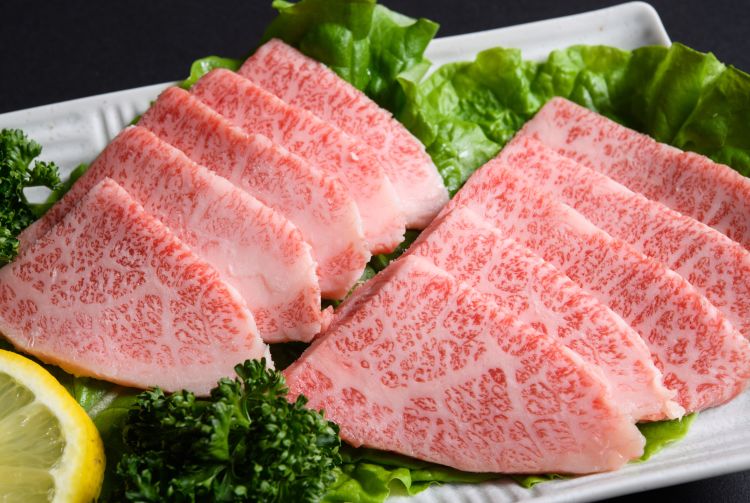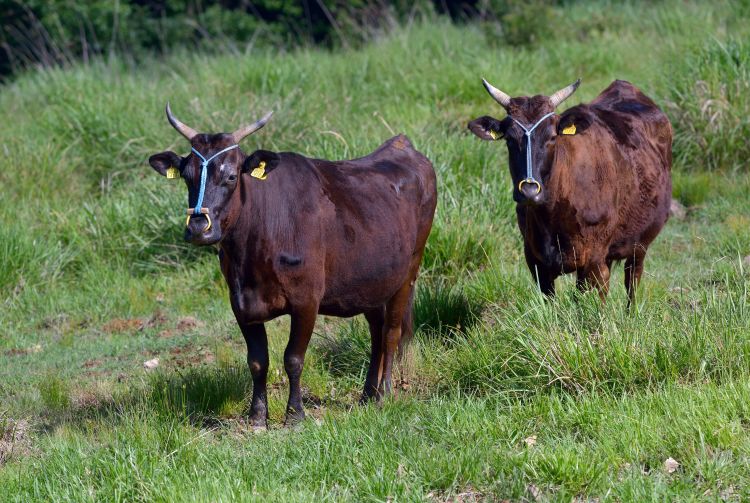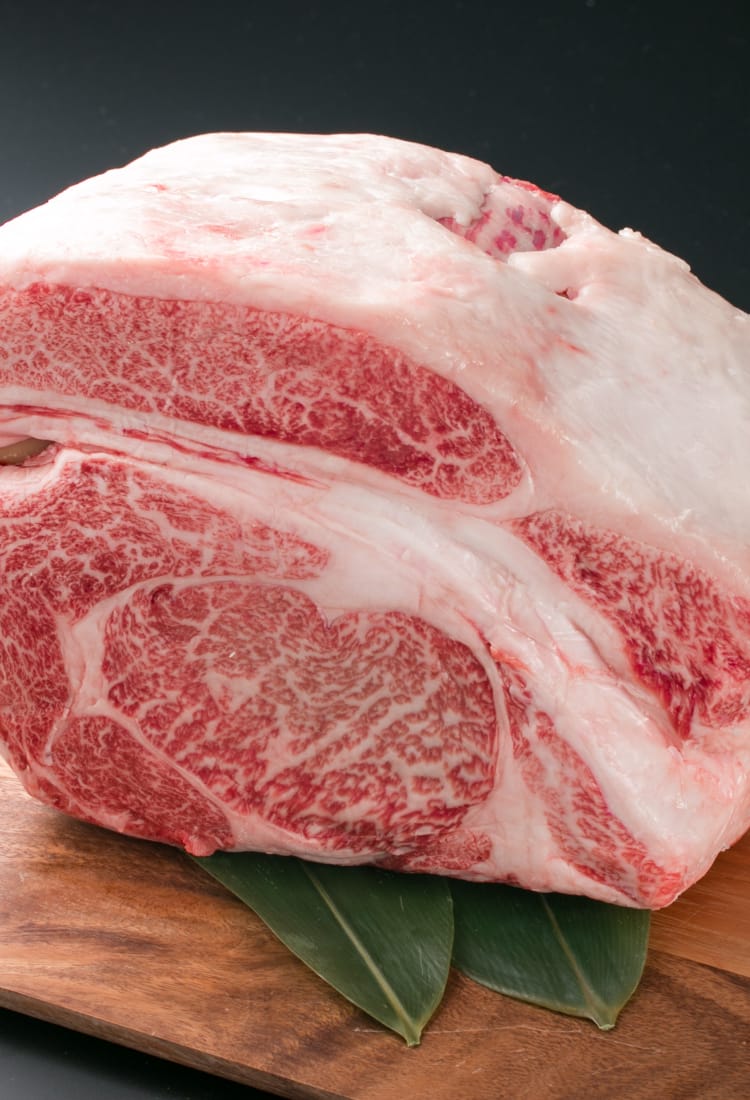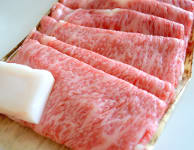Succulent and sumptuous, Japan's premium beef tastes like no other
Rich, tender and expensive, wagyu, literally "Japanese beef," refers to four breeds of cattle raised in Japan—Japanese Black, Japanese Brown, Japanese Shorthorn and Japanese Polled, as well as their crossbreeds. Of these, the highest grade of wagyu is considered to be cattle born and raised in Japan. Befitting of the meat's superior status, special—sometimes luxurious—methods are used to raise the cattle.
Mouthfeel and taste

A buttery-soft texture is one of wagyu's most defining characteristics. Fat, rich in omega 3 and 6, is woven finely like a net throughout the muscle. This marbling creates a tender, melt-in-the-mouth texture.
Wagyu's sweet, mellow aroma is also said to distinguish it from other kinds of beef. Enjoy the variety of cooking styles unique to Japan using thinly sliced meat, such as sukiyaki and shabu-shabu, to get the most enjoyment from the marbling and texture.
It's all in the pedigree
Japanese wagyu is raised and bred according to stringent guidelines. In order to protect cattle bloodlines, breeding is thoroughly controlled. All calves born from this process are affixed with an individual identification number so they can be traced back to their farm of origin. Each cow has its date of birth, bloodline and place of birth recorded.
From farm to five-star barns

Most wagyu are raised by breeders for eight to ten months and then sent to auction to be sold to farmers who will raise them. Special attention is given to creating an environment where the cattle can live comfortably. These stress-free environments are said to give the beef its tender quality. Pregnant cows and breeding bulls graze on pasture, while calves and other bulls are fed high-grade rice plants, wheat and hay. Clean water, fresh air, spacious ranches and detailed, individualized care are all factors in raising wagyu worthy of their luxurious status.
Grading and the "Wagyu Olympics"

Globally renowned for its extremely high quality, meat and unctuous texture, wagyu must meet strict grading criteria set by the Japan Meat Grading Association.
The beef is graded on two scales, one being the ratio of meat yielded from edible cuts of beef (A-class to C-class), and the quality of marbled fat (1 to 5). Should you decide to give wagyu a try, look for wagyu ranked A-4 or A-5, the best quality. The meat's marbling content, color and luster, firmness and texture and fat brightness and quality are all determined when grading the beef.
Such is wagyu's status that these distinguished bovines even have their own “Wagyu Olympics.” The National Competitive Exhibition of Wagyu (Zenkoku Wagyu Noryoku Kyoshinkai), an event hosted by the Wagyu Registry Association once every five years, is held to provide an indicator of high-quality beef. The cow with the best meat quality is selected from amongst 500 head of cattle and commended as the “Champion Cow.”

Look for the wagyu logo
The Japan Livestock Industry Association created a logo to distinguish true wagyu from Japan from crossbred varieties raised in countries such as the United States, Australia and the United Kingdom. The logo is affixed on wagyu for export that was born and raised in Japan. Check for this logo as a way to verify the high quality of meat when eating wagyu outside of Japan.
































































